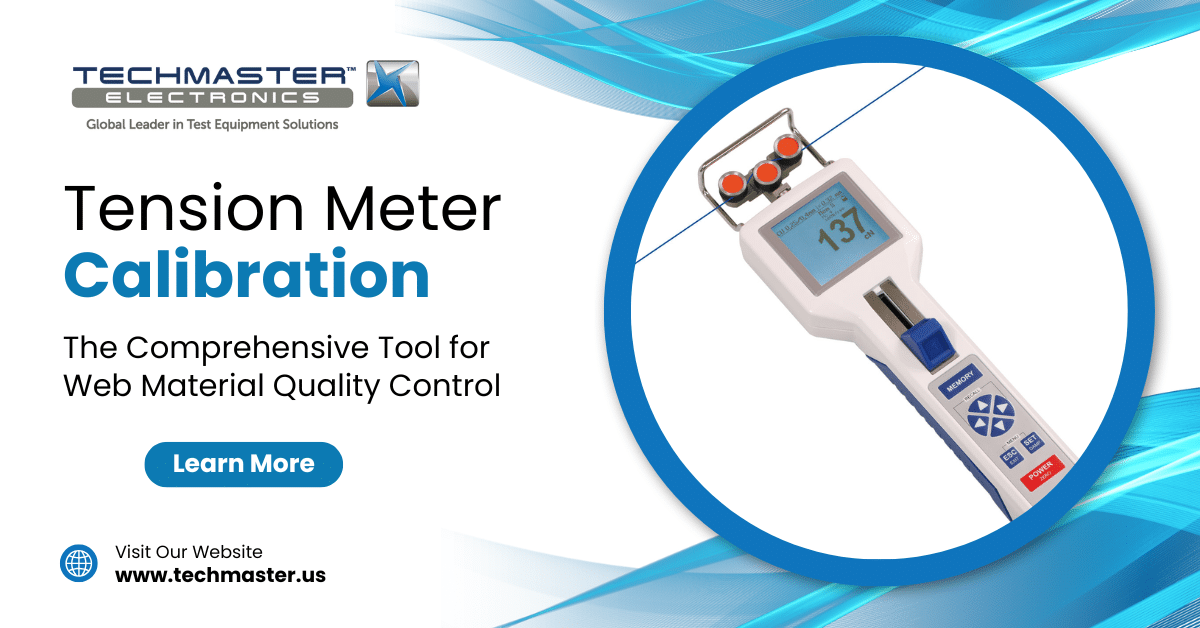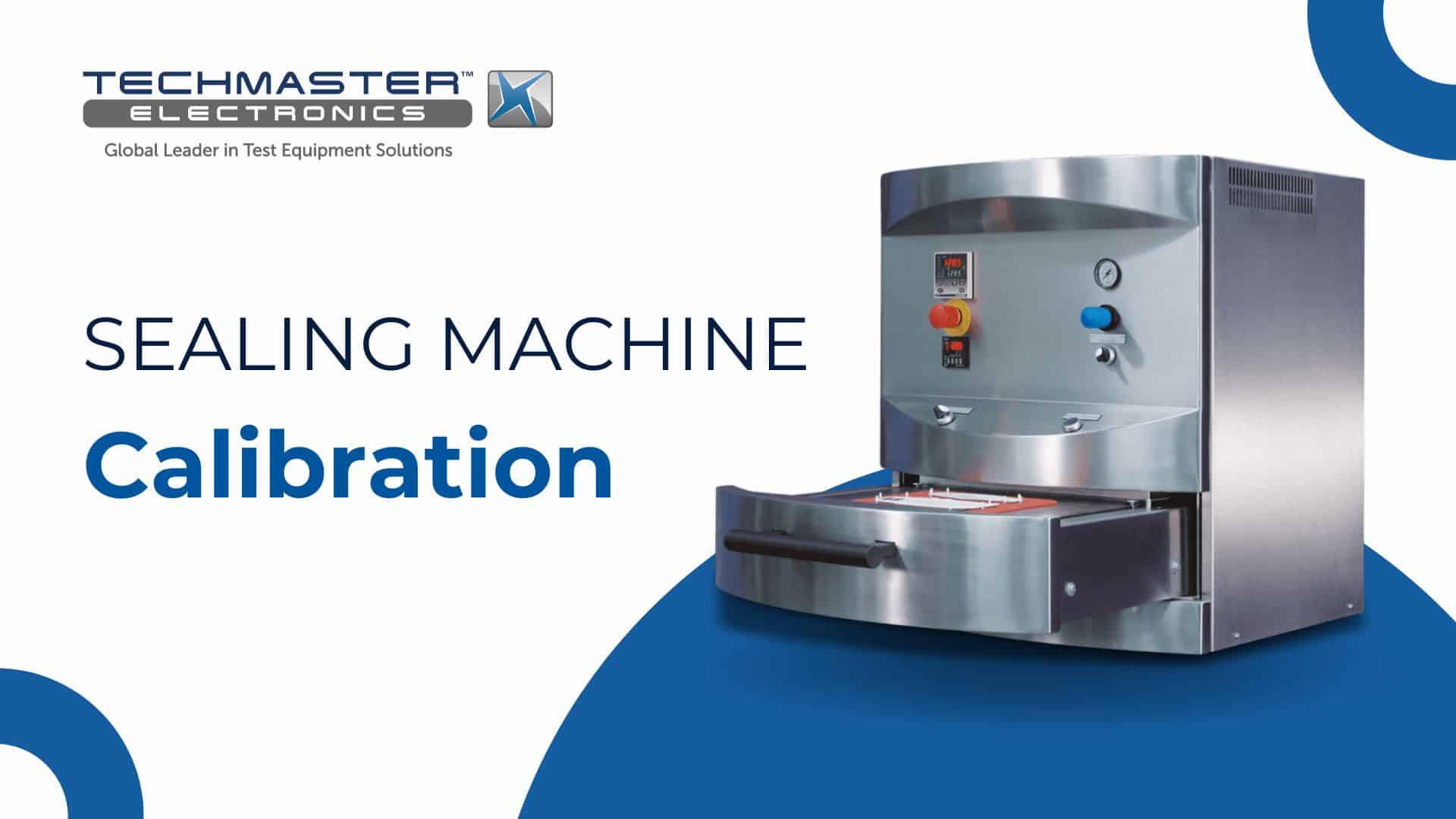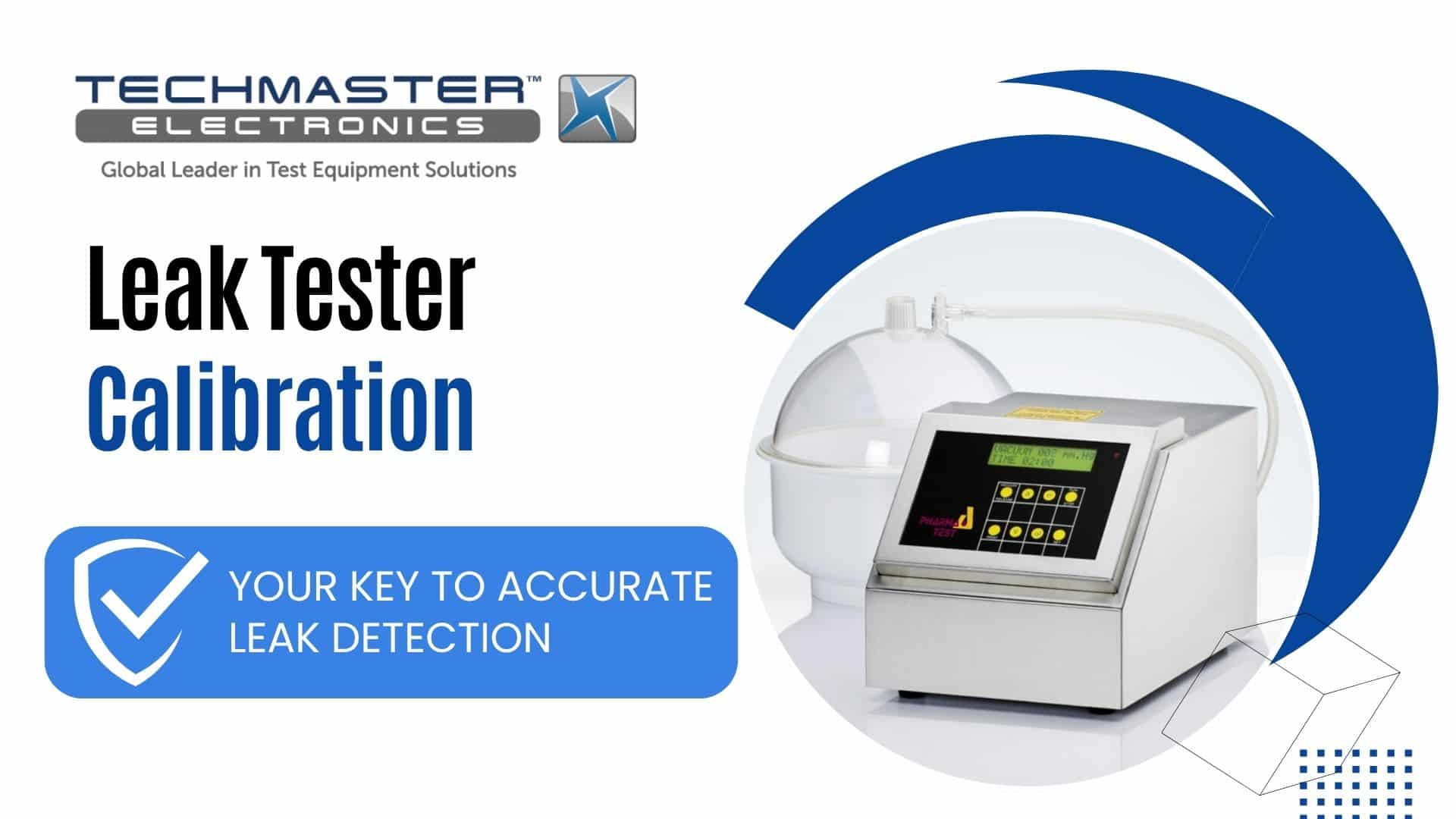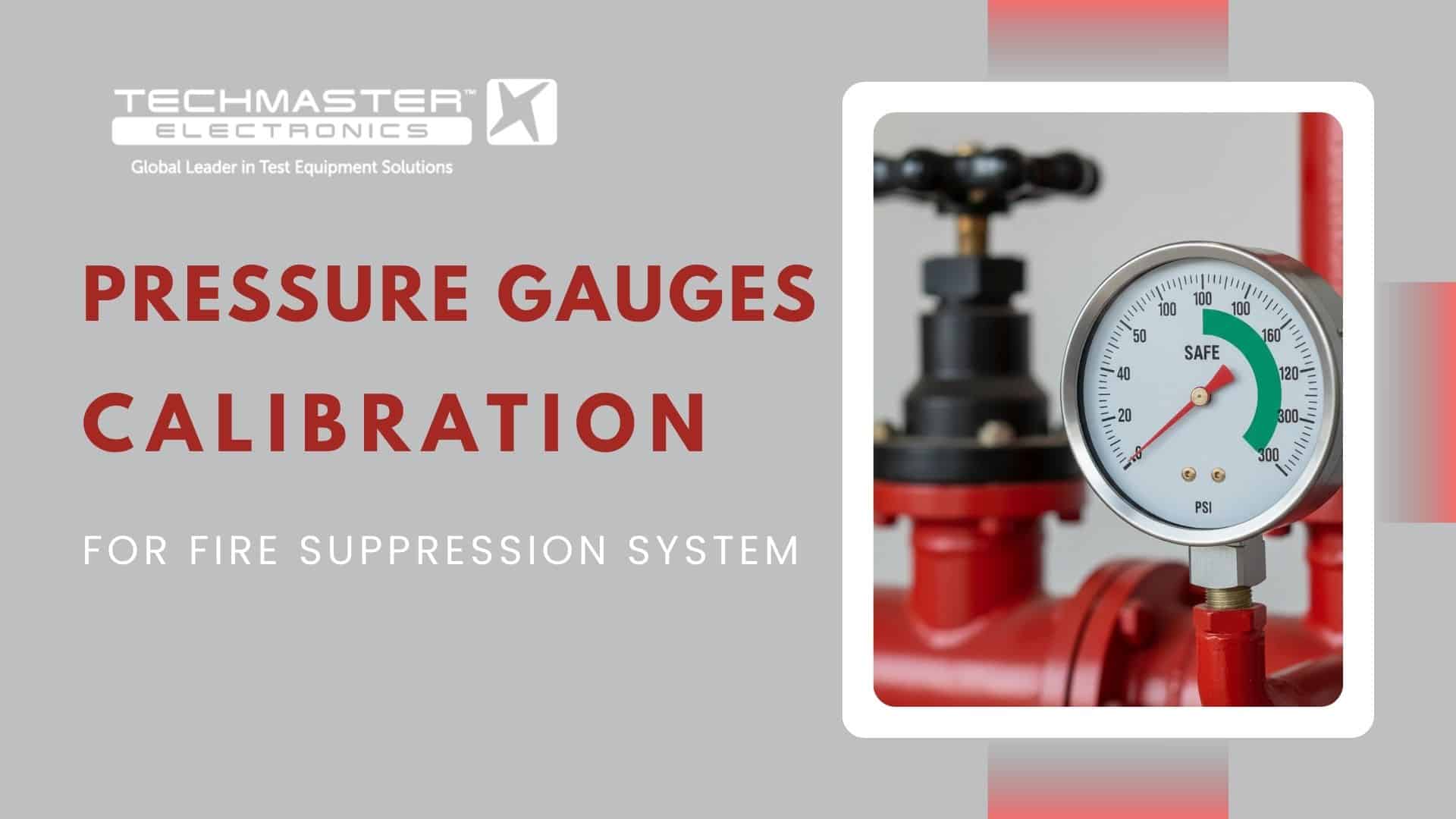Standard weights calibration is the process of verifying and adjusting standard weights to ensure accurate and reliable measurements. This calibration is essential for industries that require high precision, such as pharmaceuticals, laboratories, aerospace, and manufacturing.
Proper calibration ensures compliance with international standards like OIML (International Organization of Legal Metrology) and ASTM (American Society for Testing and Materials), as well as ISO 17025 certification for traceability and accuracy.

Why is standard weights calibration important?
Accurate weight calibration is essential in various industries to maintain measurement integrity and ensure compliance with international standards. Here’s why it’s important:
Ensures Measurement Accuracy
Calibration helps prevent errors in weighing equipment used in laboratories, manufacturing, and quality control. Even minor inaccuracies in standard weights can lead to significant deviations in measurements, affecting processes like:
- Laboratory testing: Ensuring reliable scientific and pharmaceutical research.
- Manufacturing & Production: In particular, maintaining consistency in material usage and product specifications.
- Quality Control: Verifying product compliance before distribution.
Regulatory Compliance
Different industries must meet strict calibration standards to ensure traceability and precision. Standard Weights Calibration aligns with:
- OIML R111 – International classification for calibration weights.
- ASTM E617 – U.S. standard for laboratory weight calibration.
- ISO 17025 – Ensures accredited laboratories provide traceable and reliable calibration results.
Compliance with these standards prevents regulatory violations, which can lead to operational disruptions and legal consequences.
Product Quality & Safety
Weight inaccuracies can lead to inconsistent product quality, which is especially critical in:
- Pharmaceuticals: For example, precise ingredient measurement to maintain drug efficacy and safety.
- Food Production: Ensuring correct portioning and compliance with food safety regulations.
- Aerospace & Automotive: Furthermore, Maintaining weight balance in critical components.
A well-calibrated weight system helps significantly avoid defects, recalls, and safety hazards caused by measurement errors.
Cost Efficiency
Regular calibration plays a critical role in reducing financial losses by addressing several key cost factors:
Product recalls: Incorrect weight-based measurements can lead to product defects, which may go unnoticed until the product reaches the market. This can result in costly product recalls that damage a company’s reputation and customer trust. Furthermore, the logistics costs of recalling products and compensating consumers can be substantial.
Non-compliance penalties: Regulatory bodies like the FDA, ISO, and EPA impose strict requirements on industries such as pharmaceuticals, food production, and aerospace. Failure to comply with calibration standards can result in severe penalties, fines, and even legal action. In industries where non-compliance may lead to suspension of operations, the financial consequences can be devastating.
Wasted raw materials: Inaccurate weight measurements lead to overuse of raw materials. For instance, if a manufacturing process consistently overestimates the weight of ingredients or materials, companies may end up using more resources than necessary, driving up production costs. Additionally, the excess material may go to waste if it doesn’t meet product specifications.
Calibration process for standard weights
The standard weights calibration process typically includes the following steps:
1. Preparation & Environmental Control
- Ensure a controlled environment with stable temperature and humidity.
- Use an accredited calibration laboratory with traceable reference standards.
2. Visual Inspection & Cleaning
- Check weights for visible damage, corrosion, or contamination.
- Clean weights using appropriate methods to remove dust or residues.
3. Weighing & Comparison
- Weigh the standard against a traceable reference weight.
- Perform multiple measurements to ensure consistency.
4. Adjustment & Certification
- If discrepancies are found, adjustments are made.
- A calibration certificate is issued with details like measurement uncertainty and compliance to standards.
Applications of standard weights calibration
Industries that rely on standard weights calibration include:
- Laboratories: For calibrating analytical and precision balances.
- Pharmaceuticals & Healthcare: Ensuring accurate dosage measurements.
- Manufacturing & Production: Maintaining consistency in product weight measurements.
- Aerospace & Automotive: Ensuring compliance with strict quality control measures.
- Jewelry & Precious Metals: Verifying weight accuracy for high-value materials.
Choosing a standard weights calibration service provider
Selecting a reliable calibration service provider is essential for compliance and accuracy. Consider:
- Accreditation to ISO 17025 standards.
- Use of traceable reference weights.
- Detailed calibration certificates with measurement uncertainties.
- Compliance with industry-specific requirements.
Conclusion
Standard weights calibration is vital for ensuring precise and reliable measurements across various industries. Adhering to standards like OIML, ASTM, and ISO 17025 ensures compliance, accuracy, and efficiency. Regular calibration not only maintains measurement integrity but also prevents costly errors in production and quality assurance.
For professional Standard Weights Calibration Services, ensure you choose an accredited provider to meet your compliance needs. Contact us today to learn more about our calibration solutions!











